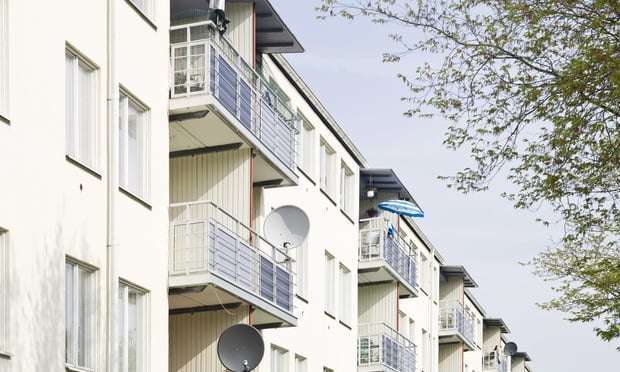
Multifamily Proposal Activity Stays Hot, Single-Family Flattens
Architecture, engineering, and construction firms express a telling forecast, according to PSM
Proposal activity for single-family homes and residential developments plummeted in the third quarter but remained solid for multifamily-for-rent and senior/assisted living properties, according to PSMJ Resources’ Quarterly Market Forecast (QMF) survey of architecture, engineering, and construction (A/E/C) firm leaders.
David Burstein, PE, director and senior consultant at PSMJ, an A/E/C industry consulting and publishing firm said he’s seeing a divergence in the A/E housing markets.
“The homeownership markets – new single-family homes, condos, and subdivisions – are feeling the effects of higher interest rates and tighter lending policies,” Burstein said. “The rental markets aren’t feeling the same pinch, at least not yet.”
Even Multifamily Index Cooling Some
Burstein often highlights the influence that the housing sector has on all markets served by A/E/C firms, estimating that it directly or indirectly impacts approximately 80 percent of the industry’s total revenue.
Even though multifamily proposal activity continues to be relatively strong, the index has cooled somewhat, likely due to the rising cost of borrowing money to finance new projects, says Burstein.
PSMJ created the net plus/minus index (NPMI) to measure proposal activity and assess the A/E/C market outlook when it began its QMF survey in 2003. The NPMI is the delta between the percentage of respondents in a given category seeing an increase in proposal activity for the quarter, and those experiencing a decrease.
For several quarters after the initial rebound from the COVID-19-related downturn in late 2020, all segments of the housing market reported proposal activity at elevated levels rarely seen in the history of the QMF.
In Q1 2020, the overall housing market’s NPMI fell well into the negative (minus 19.3), but rebounded to set its record-high index score of 77.4 one year later.
Single-Family and Condo Proposal Activity Sinking
Activity remained robust across the board in the first half of 2022, but the Q3 report saw housing’s NPMI fall 33.6 index points (from 55.0 to 21.4), quarter over quarter, and 49.1 points, year over year.
More telling are the results from the five submarkets measured in the survey. While multifamily (NPMI of 44.8) and senior/assisted living (17.0) remained positive in Q3, proposal activity for single-family individual homes (-2.4), single-family developments (-3.9), and condominiums (-6.8) all sank into negative territory.
PSMJ chose proposal activity because it is among the earliest stages of the design and construction project lifecycle, thereby offering a look at the longer-term outlook for markets, submarkets, and the overall industry.
Source: Multifamily Proposal Activity Stays Hot Single-Family Flattens
https://www.creconsult.net/market-trends/multifamily-proposal-activity-stays-hot-single-family-flattens/




